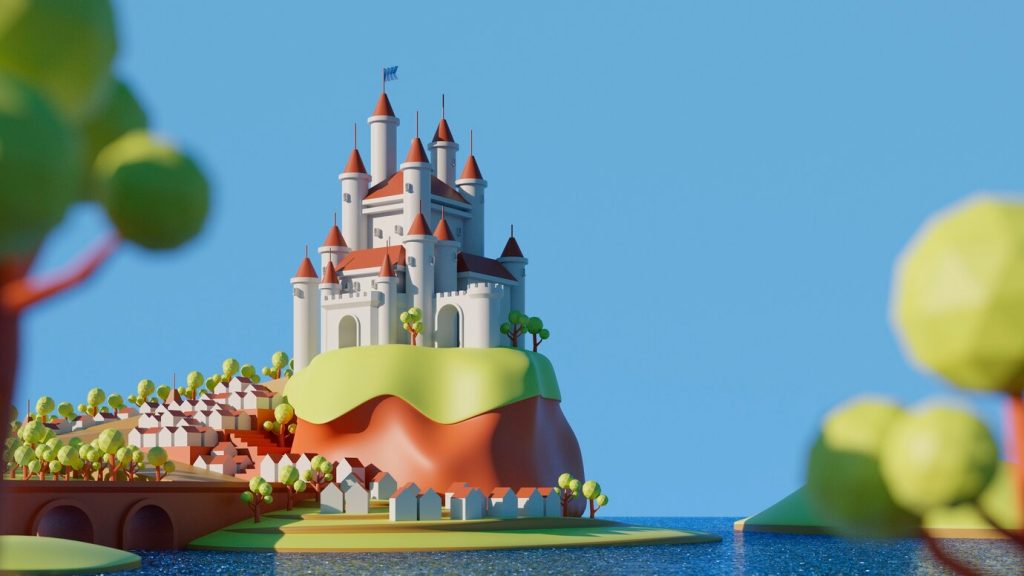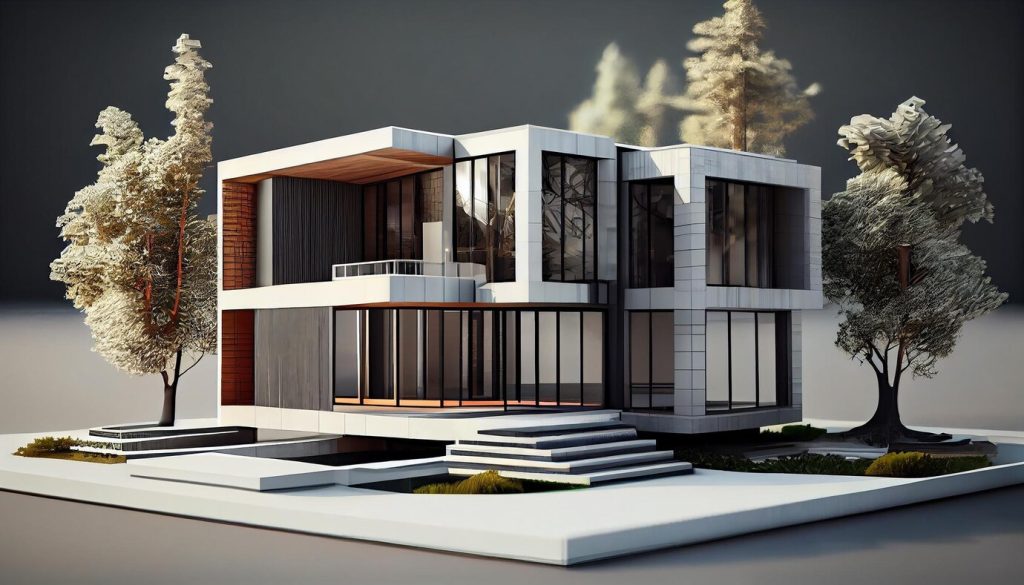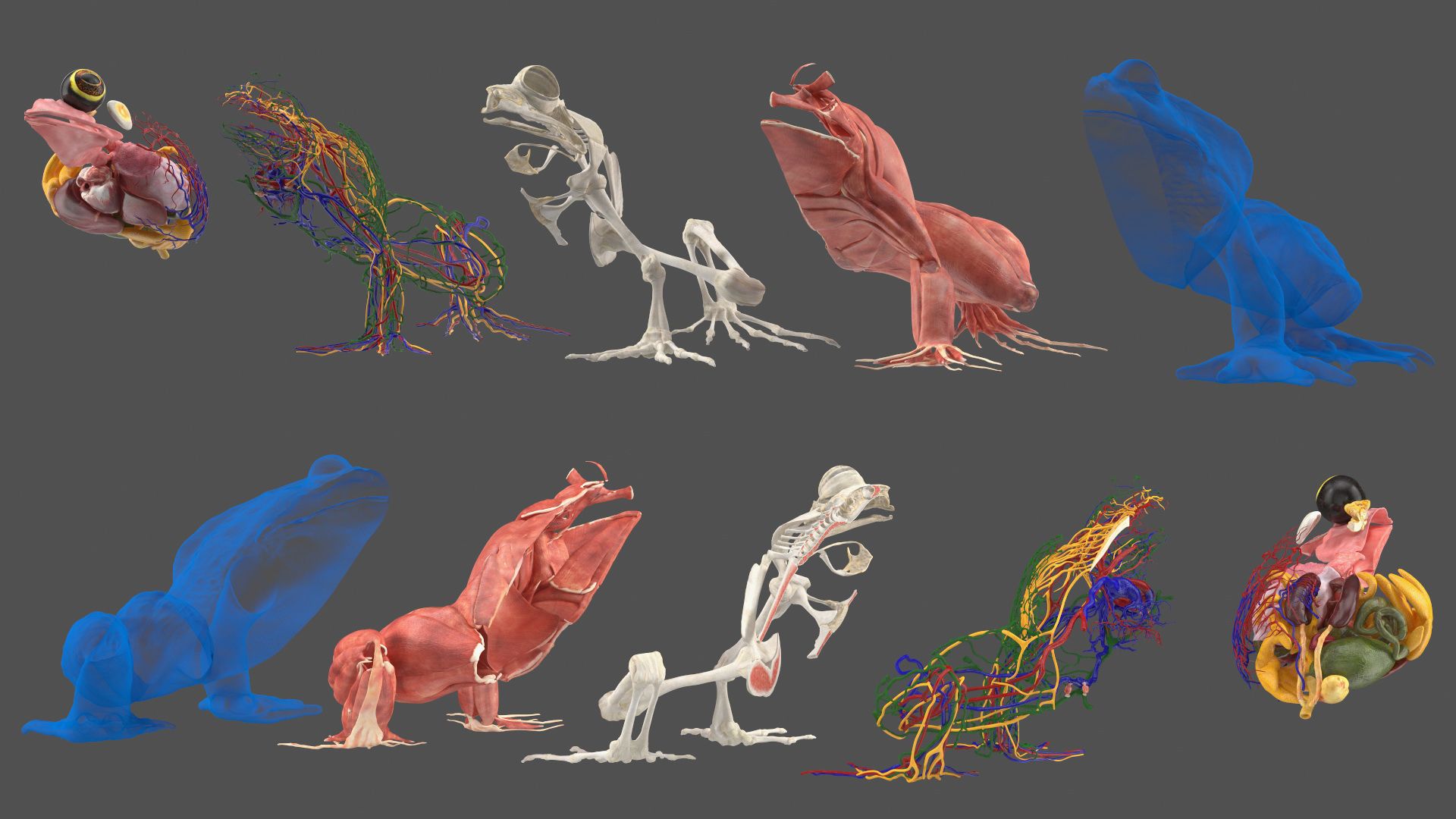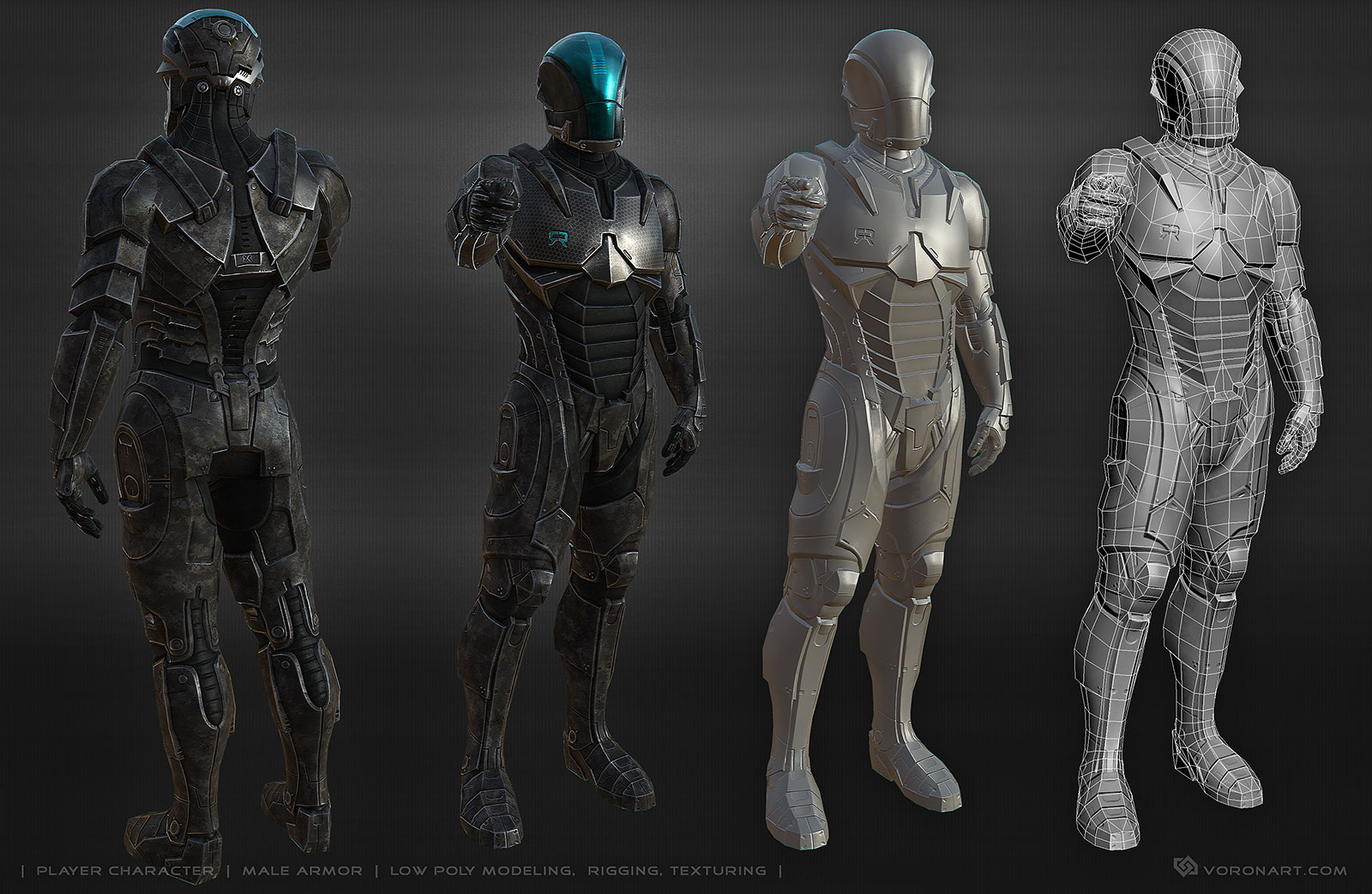
How to Reconstruct Historical Architectures Using 3D Models
In times of colossal architectural development, surviving examples of historical architecture serve as a testament to our rich cultural heritage. However, many of these historic structures have weathered, crumbled, or even been destroyed over time. So, how do we bring them back to life and utilize modern technology for a form of digital preservation? Enter 3D modelling, capable of virtually reconstructing and preserving historical architecture in remarkable detail. In this article, we delve into the steps and benefits employed in reconstructing historical architectures using 3D models.

Steps to Reconstruct Historical Architecture Using 3D Models
- Historical Research: Thorough research forms the backbone of every reconstruction project. Dig into archives, blueprints, old photos, sketches, and texts to gather as much material and knowledge as possible about the original structure.
- Site Visit and Data Collection: If the structure is partly or wholly standing, collect accurate measurements. Laser scanning or photogrammetry can be beneficial in capturing detailed information.
- Creation of a Base Model: After data collection comes to the formation of the base model. A variety of software, such as AutoCAD, SketchUp, or 3DS Max, can be used to create a rough 3D model. At this stage, it’s crucial to prioritize accuracy over aesthetics.
- Detailing and Texturing: After the base model is finalized, the detailing phase begins. This step involves adding architectural details as accurately as possible. After shaping the model, texturing starts: this aims to replicate the materials and colors used in the original structure.
- Lighting and Environment: The next phase involves creating the surrounding environment and setting up appropriate lighting. Render your model under different lighting conditions and times of the day to best replicate reality.
- Rendering and Refining: Lastly, your model is rendered, and the fidelity is checked once more. If necessary, adjustments are made in response to any inconsistencies.
Benefits of Reconstructing Historical Architecture Through 3D Modelling
- Preservation: 3D Modelling provides a digital form of preservation, especially vital for structures at risk of natural and human-induced threats. These virtually reconstructed models can forever maintain the essence of the original structure.
- Education: 3D models act as fantastic educational resources, providing unprecedented access to historical structures that might no longer exist or inaccessible due to geographic or physical restrictions.
- Restoration: Digital models can serve as a reference tool in the actual physical restoration efforts of damaged or ruined historical architectures.
- Virtual Tourism: 3D models can be incorporated into digital platforms to promote virtual tourism, offering users a unique opportunity to explore historical sites from the comfort of their homes.

3D modelling breathes life into historical architectures, providing them with a new digital lease of life. This method does not merely preserve these magnificent structures but also disseminates cultural knowledge. It’s a way to travel in time, marvel at our ancestors’ architectural prowess, and ensure that future generations can do the same. It might not replace the tangible feel of standing in a centuries-old building, but it definitely brings us closer, one polygon at a time.




Well said.
I’d like to find out more? I’d love to find out more details.
Sustain the excellent work and producing in the group!
May I have information on the topic of your article?
The articles you write help me a lot and I like the topic
The articles you write help me a lot and I like the topic
I want to thank you for your assistance and this post. It’s been great.
You helped me a lot by posting this article and I love what I’m learning.
Your articles are very helpful to me. May I request more information?
Sustain the excellent work and producing in the group!
May I request that you elaborate on that? Your posts have been extremely helpful to me. Thank you!